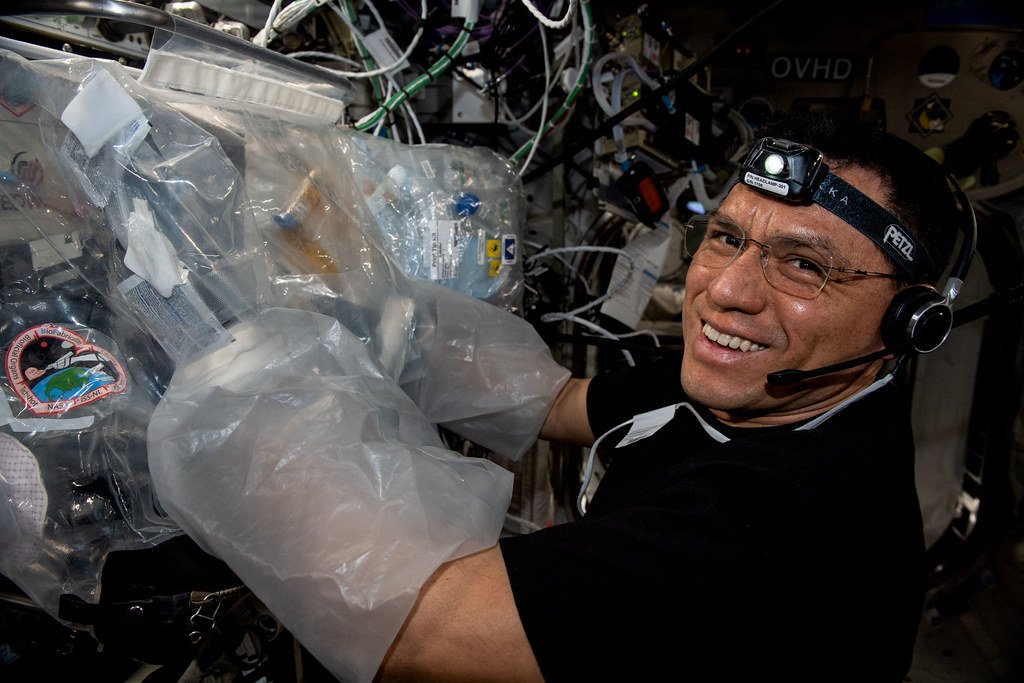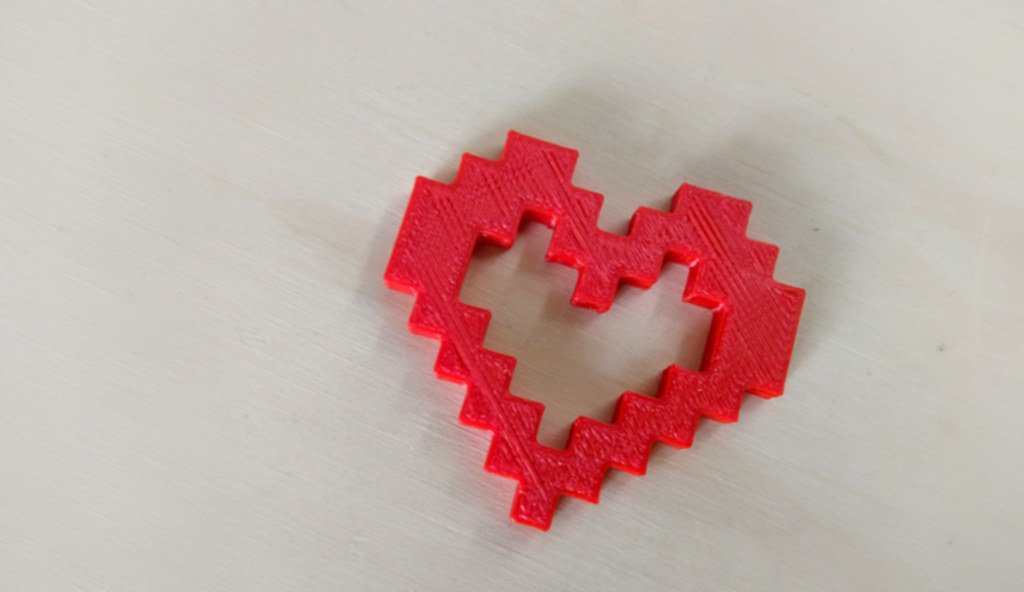3D printing has revolutionized numerous fields, from manufacturing to art. Yet, the realm of biological sciences may hold the most awe-inspiring potential of all. Imagine crafting life itself, layer by layer, atom by atom. The idea of 3D printing an entire human conjures visions from science fiction, but how close are we really to making this a reality? This article delves into the complexities and ethical implications of potentially creating artificial life.
Introduction to 3D Printing in Medicine

3D printing, or additive manufacturing, has made significant strides in the medical field over the last decade. Initially, it was used to create implants and prosthetics, but researchers soon realized its potential far exceeded these applications. The technology allows for unprecedented precision and customization, opening doors to incredible possibilities, including tissue regeneration and organ creation.
The Basics of 3D Bioprinting

Unlike traditional 3D printing, bioprinting involves layering living cells to create tissue-like structures. These bioprinters use bio-inks, which are made up of living cells and supportive materials, to reconstruct complex tissue patterns. The aim is to replicate the intricate architecture of human organs and tissues with the hope that they will become fully functional once integrated into the body.
Progress in Organ Printing

One of the most promising advances has been in organ printing. Researchers have successfully printed kidneys, livers, and even parts of the heart. While these organs are not yet viable for transplantation, they represent significant steps forward. The structures are primarily used for drug testing and studying human diseases, reducing the need for animal testing and offering more accurate human models.
The Challenge of Complexity

While creating individual organs is challenging, printing an entire human involves far more complexity. The human body comprises trillions of cells organized into hundreds of tissue types, each with its own unique structure and function. Moreover, replicating the vascular system needed to supply nutrients and oxygen to layers of cells poses a significant challenge. Achieving this requires innovation beyond existing 3D printing technologies.
Ethical Considerations

As the technology progresses, it raises profound ethical questions. If we can 3D print a human, what are the implications for identity and personhood? Concerns about the potential misuse of this technology also arise, such as its application in creating genetic “designs” or enhancing human capabilities beyond natural limits. Society must grapple with these issues even as researchers forge ahead.
Regulatory and Safety Challenges

The prospect of bioprinting entire humans also presents regulatory challenges. Current medical regulations are not designed to accommodate artificially created life forms. Ensuring the safety, efficacy, and ethical use of 3D bioprinting will require new legal frameworks and transparent international collaboration.
Long-term Vision: Mere Speculation?

For now, printing an entire, functional human remains the stuff of science fiction. The complexity of replicating a living, breathing organism with consciousness is far beyond our current abilities. However, the progress we witness in biological sciences and technology could someday bring us closer to this possibility, spurring ongoing debate about the implications of such a pursuit.
Current Benefits and Applications

While printing an entire human may be a distant dream, current 3D bioprinting applications are already making a significant impact. Custom implants and prosthetic limbs have transformed lives, offering hope where little existed before. Tissue patches for damaged organs are in development, which could one day facilitate full organ regeneration in situ.
Conclusion: The Unfolding Future

The thought of 3D printing an entire human offers an intriguing glimpse into a future that balances on the edge of possibility and ethical bounds. While science has yet to fully unravel the intricacies of life, each advance in bioprinting takes us a step closer. As we explore these advancements, it is crucial to maintain a cautious optimism, staying cognizant of ethical considerations as the science marches onward.
In our pursuit of manufacturing life, it is the dialogue between technological capability and moral responsibility that will define whether the feasibility of this scientific endeavor will become a celebrated reality or remain an uncharted frontier.




